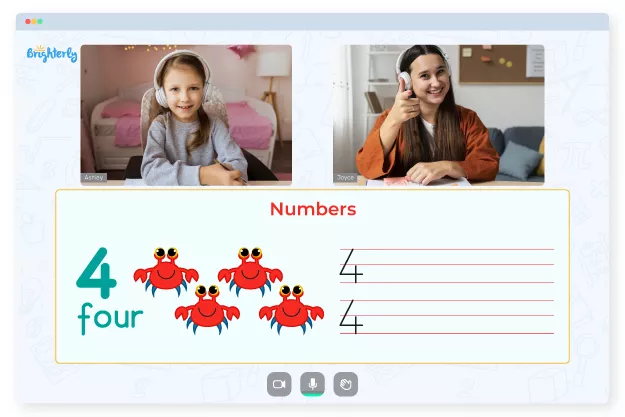Less Than Sign: Definition, Examples, and Practice Math Problems
reviewed by Jo-ann Caballes
Updated on October 21, 2024
Welcome to Brighterly, where we simplify even the most daunting math concepts!
Today, we’re going to cover a key mathematical symbol that can simplify math equations and represent a range of numbers and data.
Here, we’ll cover the less than meaning in math, how to use it and provide real examples. We’ll also give you the resources to hone and practice your knowledge, with engaging math worksheets and practice problems.
What is less than?
Less than is a symbol in math and one of the inequality signs.
It offers an easy, visual way to represent the relationship between two numbers and compare those numbers. Read on for the full less than sign definition.
Less than definition math
The less than definition in math is a symbol that shows one number is numerically lower than another number. The less than symbol ‘points’ to the lower of the two numbers.
If we use the example of 9 and 6, your less than sign would be placed as such: 6 < 9. That’s because, of the two numbers, 6 is lower than 9.
The less than sign can also be used with an unknown number – for example, x < 9 means that the value of x is lower than 9.
It can also be used with fractions. So for example, if we have ⅓ and ⅔, this can be represented as ⅓ < ⅔.
What is the less than symbol in math?
So, what does the less sign look like? The less than symbol in math is represented by two diagonal lines of equal length that meet in the middle and form a point: <.
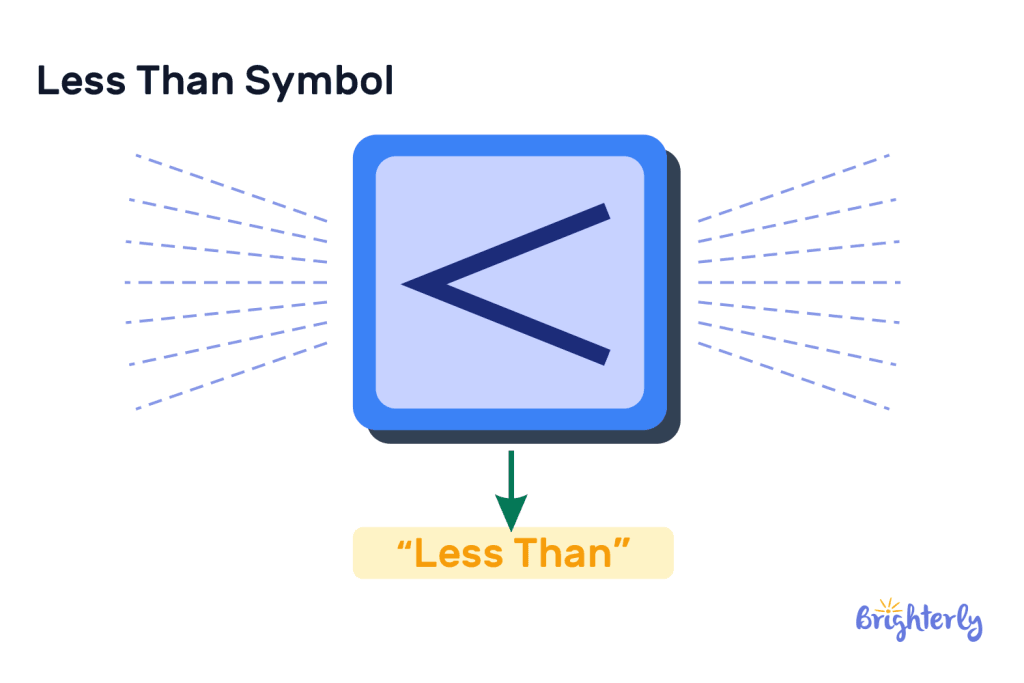
You can also have a less than equal to sign, which is the less than symbol with a line underneath it: ≤. This represents that a number is lower, or the same, as another and is more often used when one of the numbers is unknown.
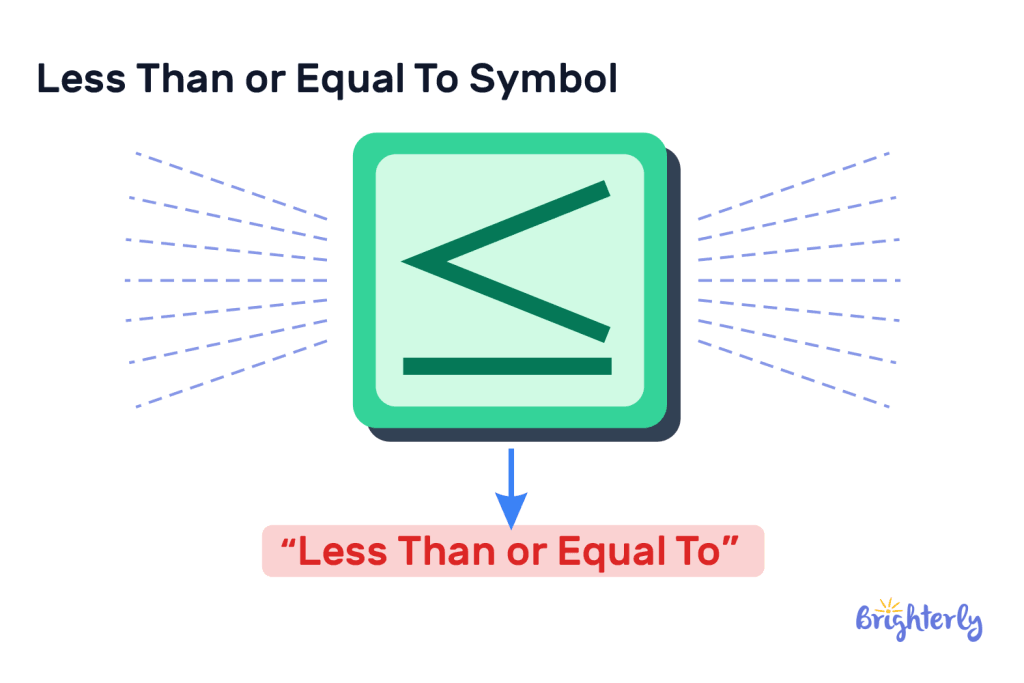
Less than sign example
Here are some examples of the less than sign in action:
- 4 < 8
- 1 < 5
- x < 12
- n < 19
- 16 < x
- 204 < 365
- 405 < n
You’ll see that in all instances, the smaller number is placed on the left of the less than sign, and the larger number placed on the right, with the less than symbol ‘pointing’ at the smaller number.
In instances where the number is unknown, we can tell whether the known number is larger or smaller than it.
Additionally, here are some less than or equal to examples:
- n ≤ 16
- 23 ≤ x
- n ≤ 42
- 75 ≤ x
Here, the symbol denotes that the numbers on the left, whether known or unknown, are greater to or equal than the numbers on the right, whether they are known or unknown too.
How to use less than sign
To use the less than sign with two numbers, first you’ll need to know which of your two numbers is smaller.
If, for example, we have 33 and 21, we know that 21 is our smaller number.
Start by placing that number on the left, then adding your less than sign (<) next. Finally, add your larger number to the right.
21 < 33
If it’s helpful, you can also write out your numbers in order first. For example, “21 is less than 33” becomes 21 < 33 too.
Want an easy way to remember how to use the less than sign? Imagine your symbol has teeth, like it’s a crocodile. Imagine the smaller number eating the larger number so it can be larger – this is a fun way to memorize which sign is less than!
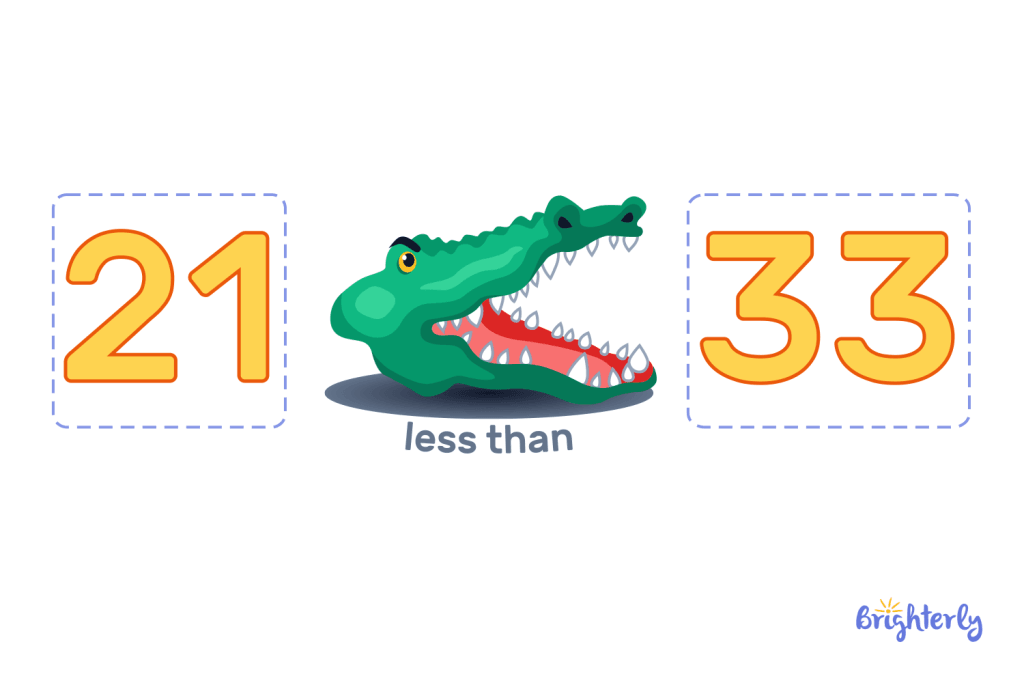
Less than sign number line
You can also use the less than sign on a number line.
Firstly, set your boundaries on your number line. In our example, our boundaries go from -5 to 5. We like to draw a short vertical line for every number to make it easier to read, but some number lines don’t use this.
Next, identify what your number is less than. Here, our number x is less than 2.
Draw a line going backwards from the number 2 to the lowest number on your number line (here, this is -5), ensuring this line stands out from your original line.
There you have it – you’ve represented your less than sign on a number line!
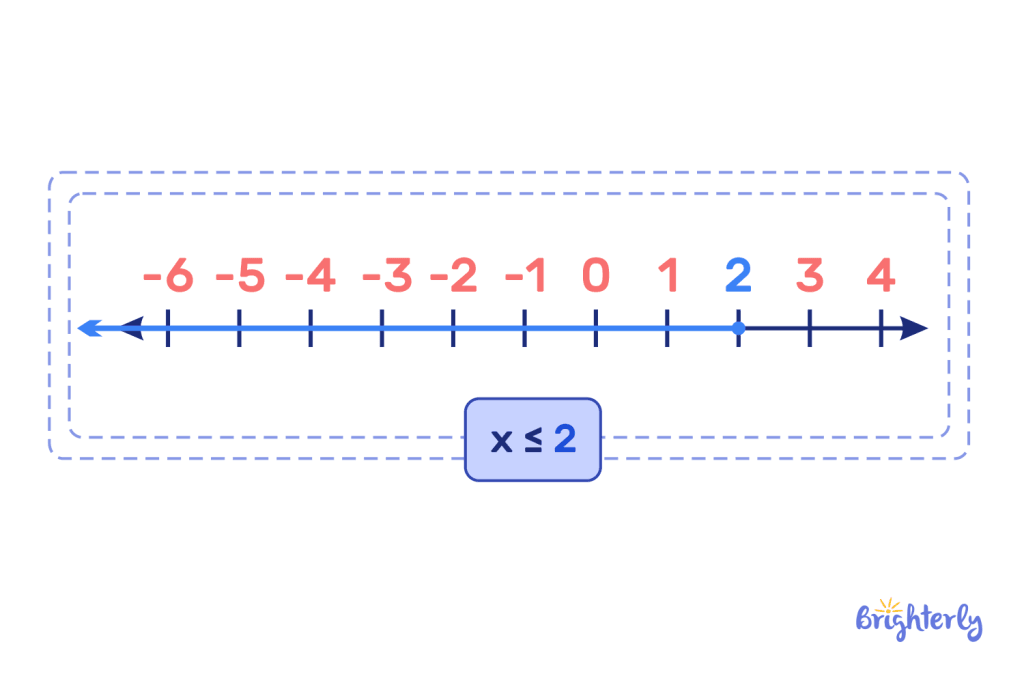
Solved math tasks: examples
Ready to test how well you’ve understood the less than sign and how to use it? Try out our math tasks below – complete them, and then check the answers to see how many you get right.
Solved math task 1
You need to take a road trip across the country to visit family. You know that on the first day, you’ll be traveling 200 miles. On the second day, you’ll travel the remaining 175 miles.
Write an inequality that shows the relationship between the two distances you’ll travel.
Answer:
| 175 miles < 200 miles |
Of the two distances you’ll travel, 175 is the shorter distance. Therefore, this is the correct order to place your numbers and the less than sign.
Solved math task 2
You have the number x, and you know that it’s smaller than -1, so x < -1.
Represent this on a number line that goes from -10 to 10.
Answer:
Using the number line below, you should draw an additional line that connects -10 to -1. This shows what is less than -1 on your number line.
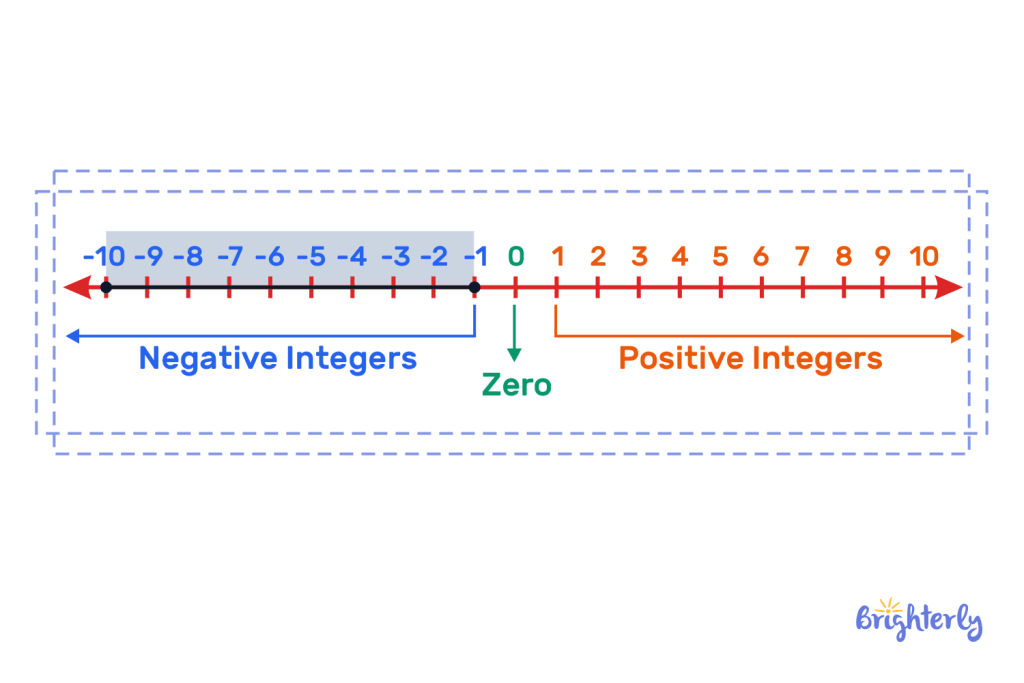
Solved math task 3
Using the less than symbol (<), represent these two numbers in order of smallest to largest: 2 ¾ and 3 ⅔
Answer:
| 2 ¾ < 3 ⅔ |
This is because 2 ¾ is a smaller number than 3 ⅔
Solved math task 4
Which phrase represents the meaning of the symbol less-than?
Answer:
You can use multiple phrases, including:
|
The less than sign: practice math problems
The less than sign: worksheets
Ready to become a master of the less than sign? Put your knowledge into practice and try out our fun, free math worksheets that cover less than, greater than and other key related math concepts.
- Greater than less than worksheets kindergarten
- Greater than less than worksheets
- Graphing inequalities on a number line worksheets
- 7th grade inequalities worksheets




